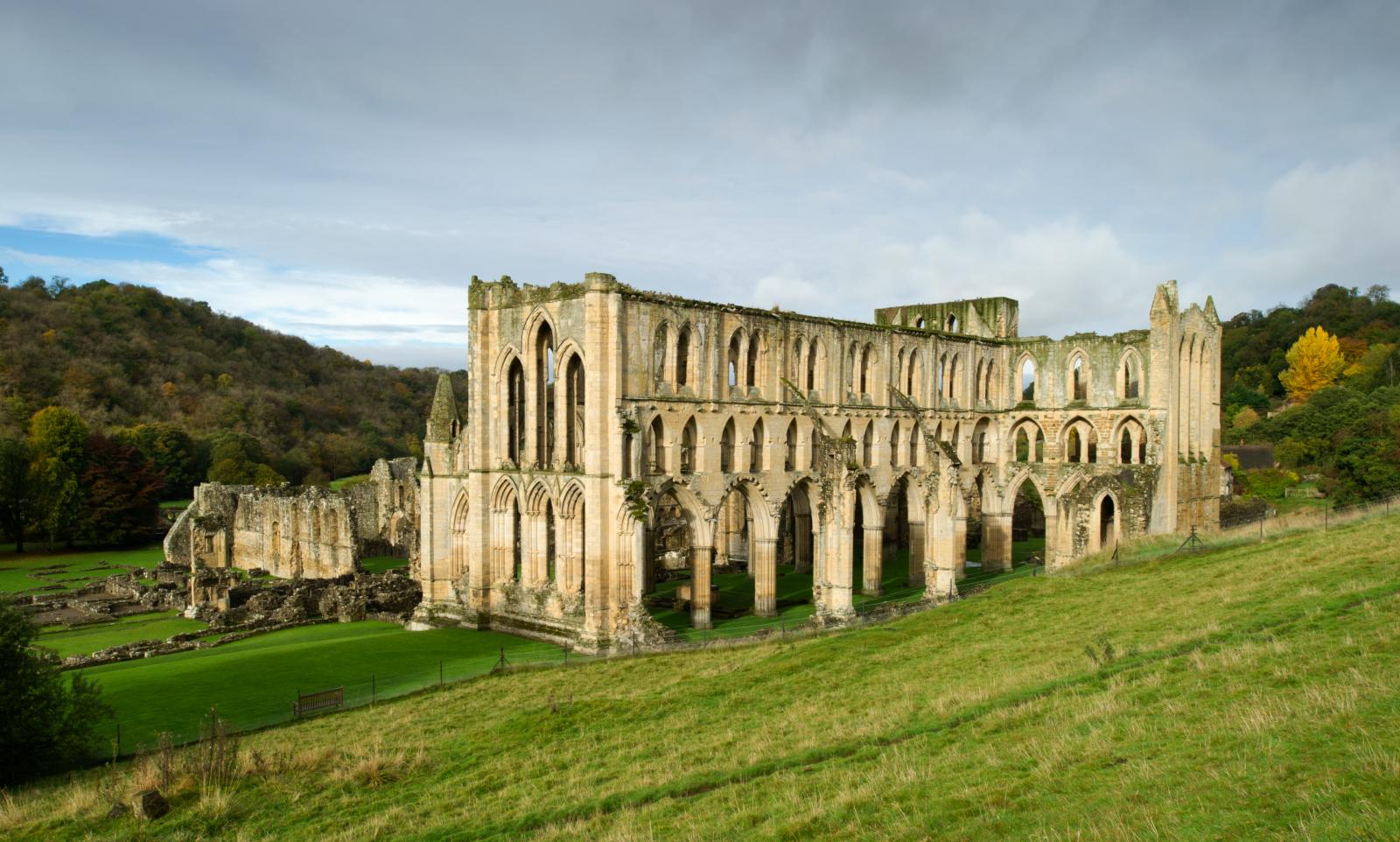2012 – The Historic Environment and Resilience
In 2012, Heritage Counts looked at the relationship between heritage and resilience: specifically, how those involved with heritage - public bodies, charitable organisations, businesses and private owners - are able to adapt to changing circumstances.
Over time these people and organisations have had to deal with a range of issues including organisational change, changes in consumer behaviour, fashion, changes in funding streams and competition for audiences.
'Heritage Counts 2012' featured several pieces of research which seek to understand the idea of resilience in the Heritage sector. This research is summarised below.
In addition, several smaller investigations were conducted into the activities of Building Preservation Trusts (BPTs), into how heritage specialists in the construction industry have fared in the economic downturn and into how historic churches are adapting to become more resilient. Summaries of these can be found in the 'Heritage Counts 2012' report.
Heritage and the UK economy
The first piece of research, by the Work Foundation, looked at how heritage contributes to the resilience of the UK economy and signposts new opportunities for the sector in the future. Key points of note from the research included:
- the growth in interest in heritage from consumers and tourists, both nationally and internationally
- the role that heritage can play in urban development and in generating economic activity
- the contribution that heritage can make to low-carbon and green agendas
Resilience in the heritage sector
The second project, carried out by BOP Consulting, looked at the characteristics of resilient organisations - the factors which allow heritage organisations to cope with change over time. A variety of case studies of organisations, both public and private, from around the country were examined, and various characteristics identified.
The research found that the organisations studied had a number of characteristics which made them resilience: .
1. They focus on developing people
- They cultivate their relationships with supporters and volunteers
- They ensure good internal communication
- They recruit appropriate people at Board-level
2. They have a flexible approach to their historic assets
- They make best use of their assets commercially
- They balance the interests of conservation and public engagement
3. They have a strategic outlook
- They plan ahead: anticipating and coping with change and planning for the future
- They are visible and connected
- They innovate and often have creative approaches to problem-solving
Two of the biggest barriers to resilience identified in the research were resource constraints and restrictive routines. Ideas and suggestions for overcoming these obstacles can be found in the research reports below as well as in the national 'Heritage Counts' report.
Building Preservation Trust (BPT) indicators
Building Preservation Trusts make a valuable contribution to the resilience of the historic environment by taking on buildings that might otherwise be lost. As part of Heritage Counts 2012, the Architectural Heritage Fund was commissioned to undertake research into levels of BPT activity. The report contains information and commentary on the number of BPTs and their projects.
Resilient adaptation of churches
Places of worship are a central part of the nation's heritage. The adaptation of these buildings to changing circumstances provides opportunities to help conserve the building while benefiting local communities. Two examples of this are:
The conversion of the Grade II listed St John the Evangelist parish church of Fernham, allowing it to be used as both a community space and a place of worship.
The adaptation of a set of listed religious buildings to a range of uses in the Yorkshire Dales village of Keld.
Heritage Counts
-
Email
[email protected]
-
Address
EC4R 2YA





